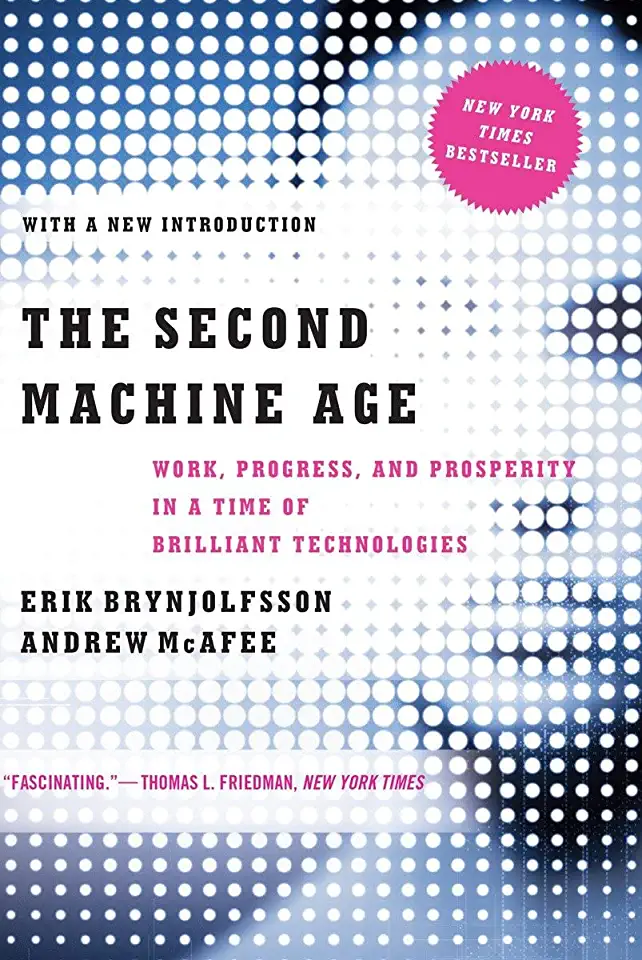
The Second Machine Age- Work, Progress, and Prosperity in a Time of Brilliant Technologies by Erik Brynjolfsson and Andrew McAfee
The Second Machine Age: A New Era of Progress and Prosperity
In their groundbreaking book, The Second Machine Age, Erik Brynjolfsson and Andrew McAfee argue that we are on the cusp of a new era of technological progress that will transform the way we live and work. They believe that the combination of artificial intelligence, robotics, and other emerging technologies will lead to a period of unprecedented economic growth and prosperity.
The First Machine Age
The first machine age, which began in the late 18th century, was characterized by the rise of steam power and the Industrial Revolution. This period saw a dramatic increase in productivity and economic growth, as well as a significant improvement in living standards. However, the first machine age also led to a number of social problems, such as pollution, inequality, and unemployment.
The Second Machine Age
The second machine age is different from the first in several important ways. First, the technologies of the second machine age are more general-purpose than those of the first machine age. This means that they can be used in a wider variety of applications, which will lead to a greater impact on the economy. Second, the technologies of the second machine age are more interconnected than those of the first machine age. This means that they can be used to create new and innovative products and services that would not be possible otherwise. Third, the technologies of the second machine age are more accessible than those of the first machine age. This means that they can be used by a wider range of people, which will lead to a more inclusive economy.
The Benefits of the Second Machine Age
The second machine age has the potential to bring about a number of benefits, including:
- Increased productivity and economic growth: The technologies of the second machine age will allow us to produce more goods and services with less labor, which will lead to higher productivity and economic growth.
- Improved living standards: The technologies of the second machine age will make it possible for us to live longer, healthier, and more prosperous lives.
- More leisure time: The technologies of the second machine age will free us from many of the tasks that we currently have to do, which will give us more time to pursue our interests and enjoy our lives.
- A more inclusive economy: The technologies of the second machine age will make it possible for more people to participate in the economy, which will lead to a more inclusive and equitable society.
The Challenges of the Second Machine Age
The second machine age also poses a number of challenges, including:
- Unemployment: The technologies of the second machine age could lead to job displacement, as machines are increasingly able to perform tasks that were once done by humans.
- Inequality: The technologies of the second machine age could exacerbate inequality, as those who own and control the new technologies will become increasingly wealthy, while those who do not will be left behind.
- Security: The technologies of the second machine age could be used for malicious purposes, such as cyberattacks and surveillance.
- Environmental degradation: The technologies of the second machine age could lead to environmental degradation, as the increased production and consumption of goods and services puts a strain on the planet's resources.
Conclusion
The second machine age is a time of great opportunity and great challenge. If we can manage the challenges, the second machine age has the potential to bring about a new era of progress and prosperity for all.
Call to Action
The Second Machine Age is a must-read for anyone who wants to understand the future of work, progress, and prosperity. It is a book that will change the way you think about the world.
Enjoyed the summary? Discover all the details and take your reading to the next level — [click here to view the book on Amazon!]